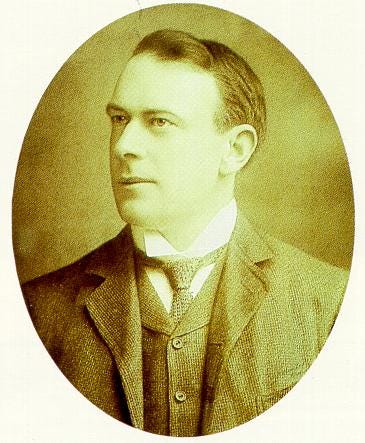The Titan/Titanic catastrophes continue to teach us important lessons. We have already published two posts on the topic. I suspect that there are more to come.
Engineering Standards and Judgment
The first post — The Titan and the Titanic — discussed the importance of listening to the engineers. The Titanic had many design and engineering deficiencies. Had those deficiencies been corrected, the vessel would not have sunk. Similarly, the implosion of the Titan occurred due to design and engineering failures.
(The sinking of the Titanic led to the creation of engineering and operational standards, particularly SOLAS, Safety of Life at Sea. It is possible that the Titan incident will also generate new standards with regard to the use of carbon fiber in vessel construction.)
Our second post — Titan and Titanic: Types of Engineering Judgment — used the Titan incident to discuss the need for engineering judgment, and how and when such judgment should be used.
Safety Culture
For the last few years the process safety literature has been full of discussions to do with ‘Safety Culture’. Indeed, the first element in the 20-item list published by CCPS (Center for Chemical Process Safety) is called just that: ‘Process Safety Culture’. The catch is that the term ‘culture’ is very difficult to define. Explanations such as, ‘That’s the way we do things around here’ are self-referential.
One way of understanding culture is to see how well an organization takes care of the little things. If housekeeping and attention to detail are good, then that is taken as a sign that the organization’s culture is good.
The Titan incident suggests that that argument is too limited. As the philosophers would say, ‘Good housekeeping is a necessary but not sufficient condition for safety’. In other words, an organization that has a good culture, will have good housekeeping, but good housekeeping does not mean that the total culture is good. (There is an obvious analogy with occupational and process safety here. A company with a good process safety program will likely have a good occupational safety record, but the reverse is not necessarily true.)
The following quotations are taken from the highly recommended article What I Learned on a Titanic Sub Expedition. Unraveling the Enigma of Stockton Rush — and Understanding the Titan Tragedy by David Pogue in the New York Intelligencer magazine.
Last summer . . . I joined OceanGate for a dive on its Titan submersible. I never saw the Titanic. We were only 37 feet below the waves when mission control aborted our dive. At the time, I thought the reason was pretty dumb: Two capsule-shaped black floats, poorly tied to the sub’s launching platform, had come loose. The floats weren’t part of the sub. They’d have no effect on the dive itself. Who cared about the stupid platform?
I’m also witnessing what appears to be a serious culture of safety. There are endless checklists, sub inspections, twice-daily mandatory briefings, and a three-strikes rule: If they find three things amiss — even tiny things like low battery power in a flashlight or a missing nut on the platform — they cancel the dive.
You can think about our dive’s cancellation in two ways. One take: You should never have gotten on that thing. Bad knots should have been a red flag. The other: They’d rather cancel a dive, even for something small, than risk lives. That’s a safety culture.
Back to Engineering Standards
Pogue then quotes Alfred McLaren, a retired Navy sub captain who has spent a cumulative 5.75 years of his life underwater.
It wasn’t the carbon fiber itself. It was the three dissimilar materials: carbon fiber, titanium, and plexiglass. “They have different coefficients of expansion and compression. You make repeated cycles in depth, of course you’re gonna work that seal loose.”
In other words, the safety culture to do with checklists and poorly tied black floats told the team nothing about the mechanical integrity of the submersible. Indeed, the organization’s safety culture may have created a sense of false confidence.
To reiterate: a strong occupational safety program does not mean that the process safety program is equally good.
Fate of the Designers
There is one other intriguing similarity between the two events. In both cases the designer of the vessel was aboard, and, in both cases, they perished. In the case of the Titanic it was Thomas Andrews; with the Titan it was Stockton Rush.
On the day the Titanic sank — but before she hit the iceberg — Andrews remarked to a friend that Titanic was “as nearly perfect as human brains can make her.”






